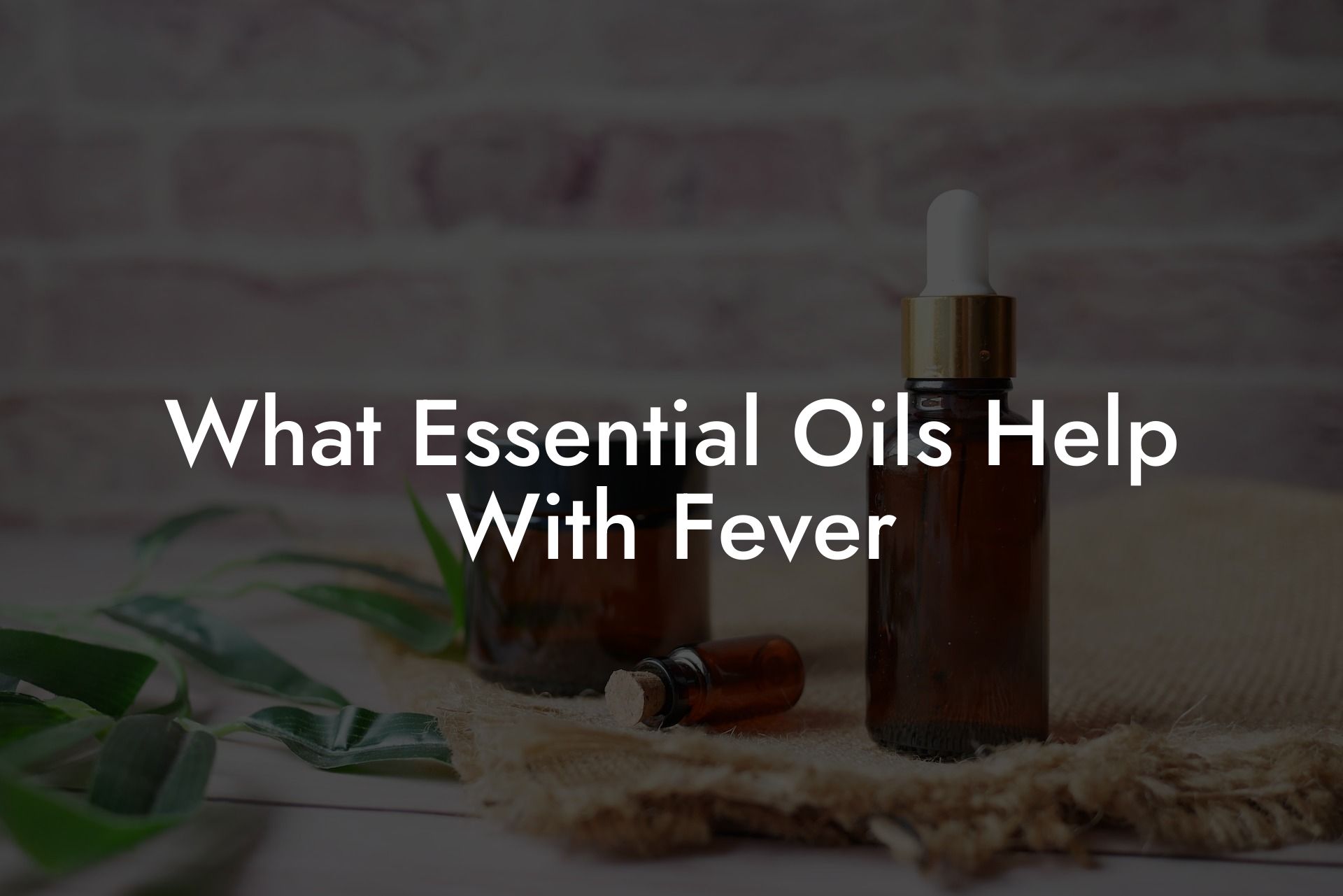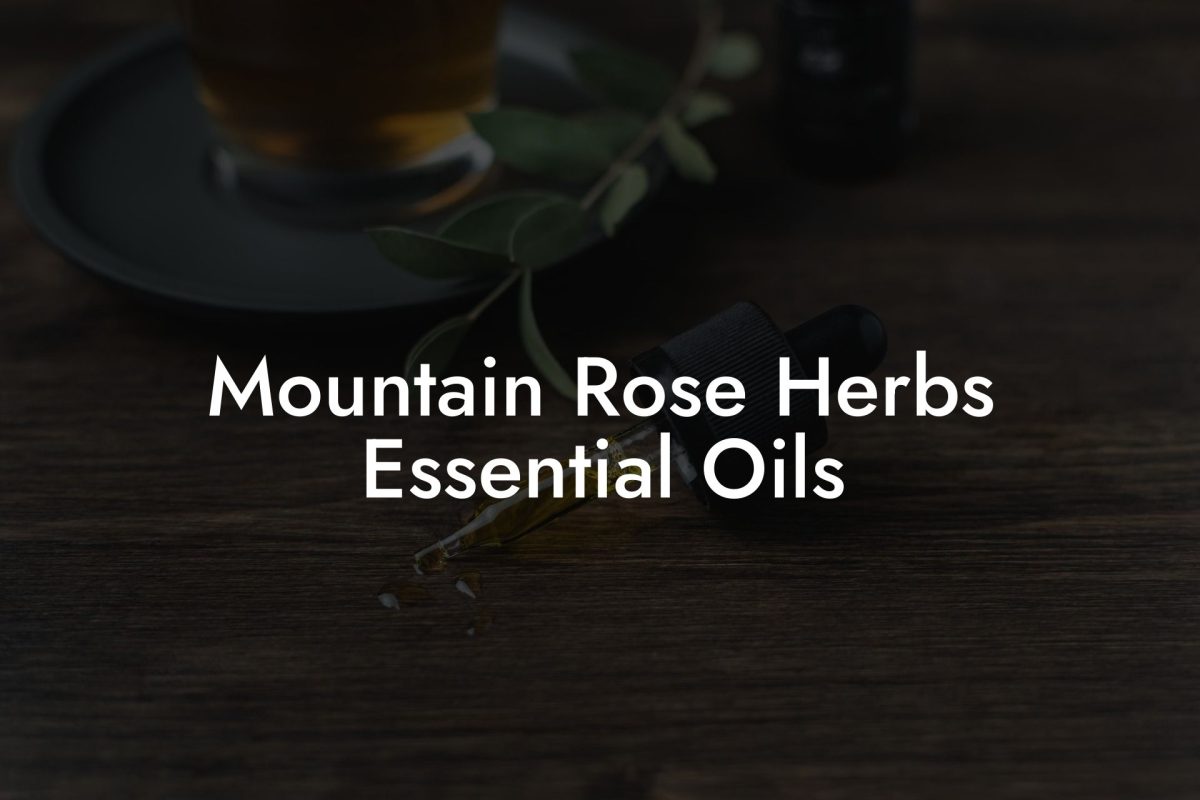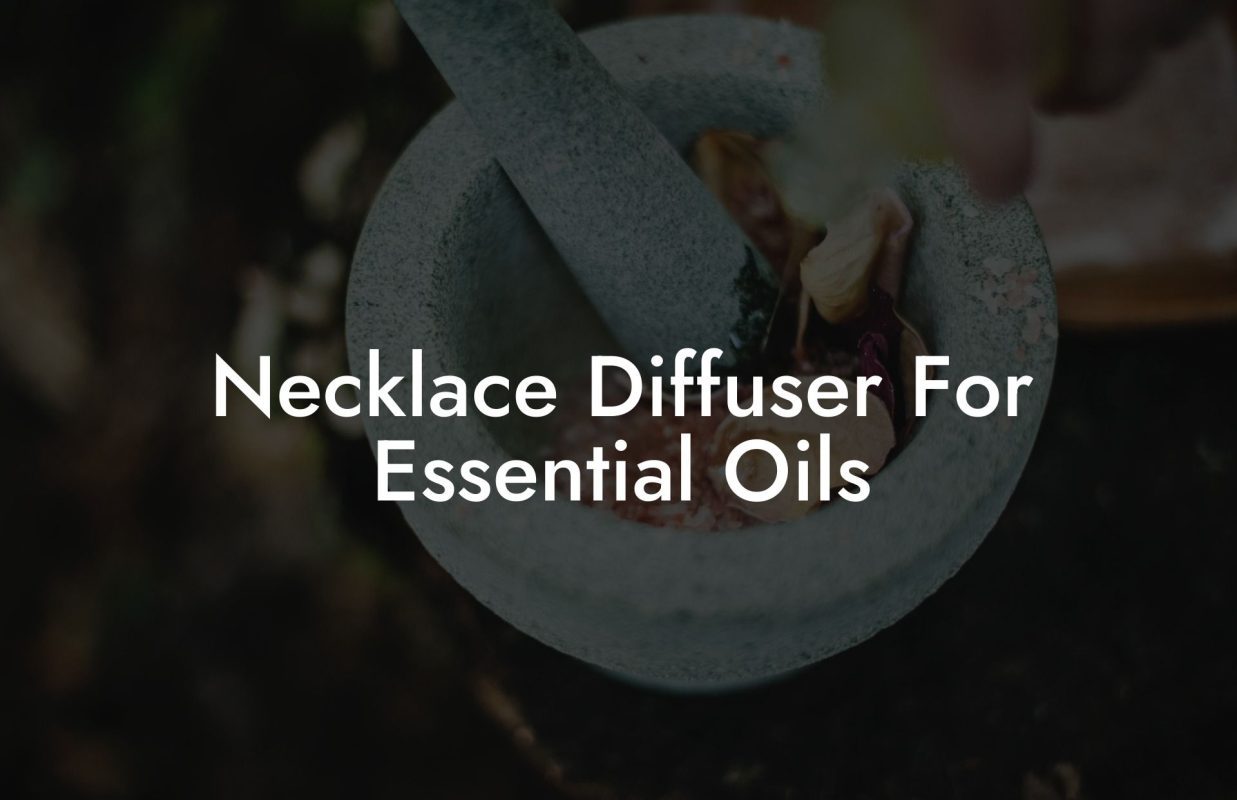Fevers can be uncomfortable and, at times, even debilitating. With essential oils gaining popularity for their therapeutic and soothing properties, it’s essential to explore how these potent botanical extracts can provide relief when you’re feeling feverish. In this informative guide, we’ll dive into the world of essential oils and explore how they can help you combat a fever. So, sit back, relax, and let’s uncover the secrets of essential oils in managing fever symptoms.
Table of Contents
The Role of Essential Oils in Reducing Fever
Essential oils can offer a natural and holistic approach to managing fever symptoms. They are derived from plant extracts and often possess anti-inflammatory, antimicrobial, and pain-relieving properties. Some essential oils may also help stimulate the immune system, assisting your body in fighting off infections.
Best Essential Oils for Fever Relief
Below are some essential oils known for their fever-reducing qualities:
- Peppermint: With its cooling and soothing effect, peppermint oil is a popular choice for reducing fever. It also has analgesic and anti-inflammatory properties that can help alleviate headaches and body aches associated with fever.
- Eucalyptus: This potent essential oil is known for its antiviral properties and ability to open up the airways, making it a great addition to any fever-fighting blend.
- Lavender: Lavender oil is known for its calming and soothing effect, helping users get the rest they need when combatting a fever. Additionally, it has anti-inflammatory and analgesic qualities which may help with pain relief.
- Rosemary: This powerful oil can help boost the immune system and has both antimicrobial and anti-inflammatory properties, making it a solid choice for fever management.
- Tea Tree: With its antiviral, antibacterial, and immune-boosting qualities, tea tree oil is a great addition to any fever-fighting arsenal.
How to Safely Use Essential Oils for Fever Relief
Before using essential oils to combat fever, it’s important to ensure safe application. Here are some guidelines to follow:
- Always dilute essential oils with a carrier oil, such as coconut or almond oil, before applying to the skin. A safe ratio is often around 2-3% essential oil in your carrier.
- Perform a patch test to ensure you don’t have any adverse reactions to the essential oil before applying to larger areas of the body.
- Consult with a doctor or aromatherapist, especially if you’re pregnant, nursing, or have underlying medical conditions.
- Avoid using essential oils on babies and young children without consulting a healthcare professional first.
What Essential Oils Help With Fever Example:
Let’s say you’ve come down with a fever accompanied by body aches and a headache. To aid in reducing your fever and alleviate some symptoms, you can create an effective essential oil blend using the oils mentioned above.
First, choose two or three oils from the list, such as peppermint, lavender, and eucalyptus. Next, combine a few drops of each oil with a carrier oil, like almond oil, in the 2-3% essential oil-to-carrier ratio. You can then gently massage this blend onto your forehead, temples, or the back of your neck for headache relief and a cooling sensation. Alternatively, you can add the diluted blend to a warm bath for whole-body relief.
Fevers can be challenging to endure, but essential oils offer a natural and holistic way to help ease your symptoms. With this guide, you now have the knowledge to select the right essential oils for fever relief and safely incorporate them into your self-care routine. If you enjoyed learning about these powerful plant extracts, don’t forget to share this article with others and explore our other informative guides on the Oshu Oils blog. Discover how our expertly blended botanicals can support your journey to improved wellbeing with the Oshu Oils range of essential oils. It’s time to elevate your health and embrace the power of aromatherapy.





















